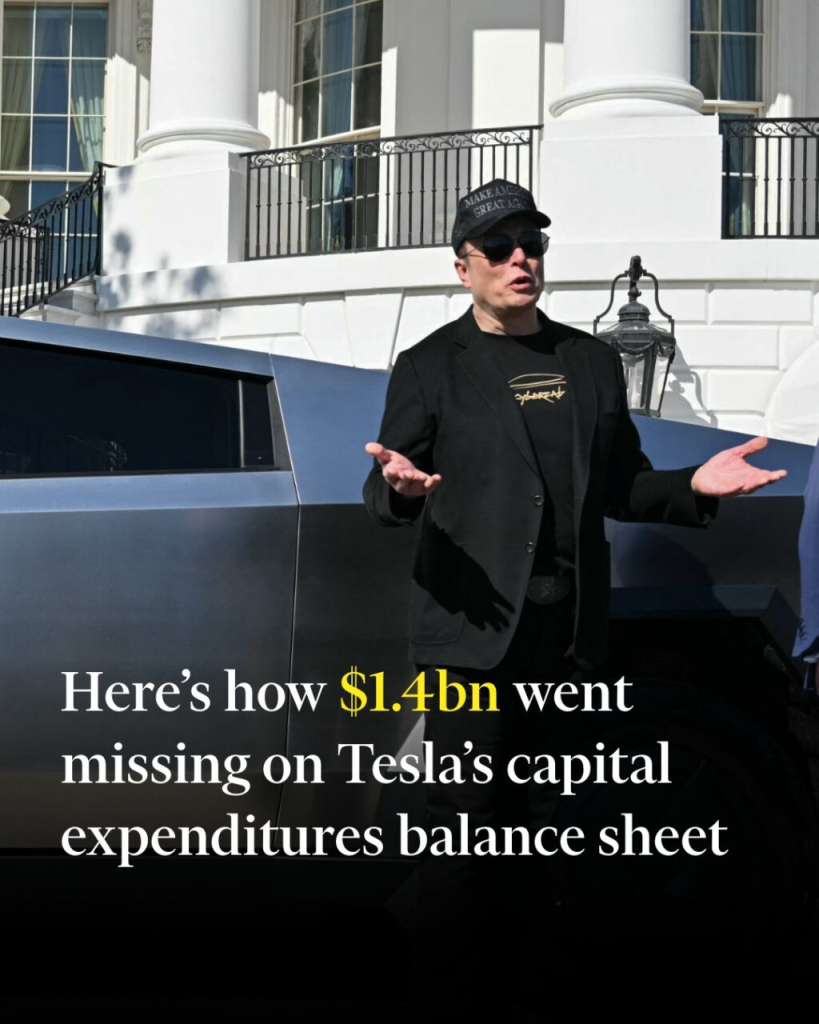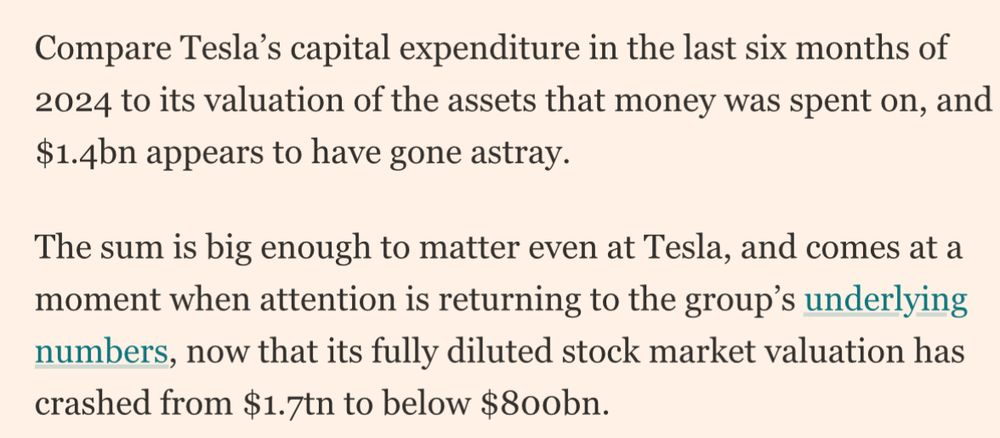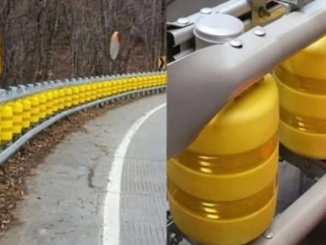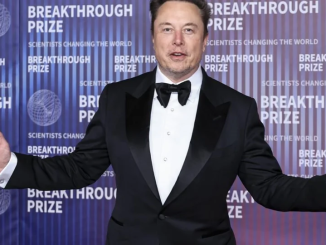
We want to alert readers to a perplexing issue in the group’s accounting as Tesla’s vehicle sales and stock price fall in reaction to Elon Musk’s political and physical positions. It seems that $1.4 billion has been misallocated when comparing Tesla’s capital expenditures in the final half of 2024 with its appraisal of the assets that were purchased.
The amount is significant enough to matter even at Tesla, and it comes as the company’s fully diluted stock market valuation has plummeted from $1.7 trillion to less than $800 billion, drawing focus back to its core metrics. Investors may have other questions after seeing Tesla’s cash flow statement, such as why a company with $37 billion in cash on hand raised $6 billion in new debt last year. Think about the apparent oddity first. Tesla is making significant investments, especially in AI infrastructure.
In order to capitalize on prospects in robotics, computing, and batteries, it plans to spend at least $11 billion in each of the upcoming years.
According to its cash flow records, Tesla spent $6.3 billion on “purchases of property and equipment excluding finance leases, net of sales” in the third and fourth quarters of last year.
However, the gross value of property, plant, and equipment increased by just $4.9 billion to $51 billion over that time on the balance sheet. The breakdown is in the financial statements’ Note 7:

We anticipate that the figures will add up. For example, General Motors invested $30 billion in capital expenditures in the previous
Luzi Hail, professor of accounting at the Wharton School, told us:
Since we only see the net changes in these accounts (PP&E and the related Accumulated Depreciation accounts) and do not have access to all of the specific transactions that were occurring, the reported numbers will typically not add up in full. We do not know the net book value (corresponding gross amounts) of the PP&E that may have been sold off. Transactions using foreign currencies and M&A will also make an accurate reconciliation hard. Therefore, the capex amount will typically give you a good estimate of the increase in gross PP&E, but there may be other factors at play in a given situation that make this not the case.
We can observe how the net amount is determined because Tesla discloses both the gross data and the cumulative depreciation. The $1.4 billion that was missing was not explained by any sales or “substantial” asset impairments, and we are confident that PWC, the auditors, would be aware of the significant message that such claims of malinvestment would convey.
The gap also does not seem to be explained by foreign exchange. Four-fifths of Tesla’s “long-lived assets” are in the US, despite the fact that the euro did depreciate against the dollar at that time. Tesla manufactures automobiles in the US, China, and Germany. For those following along, go to note 17:
By its own standards, Tesla’s disparity is also exceptional. This graph shows the capital expenditures for PP&E for each quarter since the beginning of 2019 in relation to the change in the gross value of such assets:


